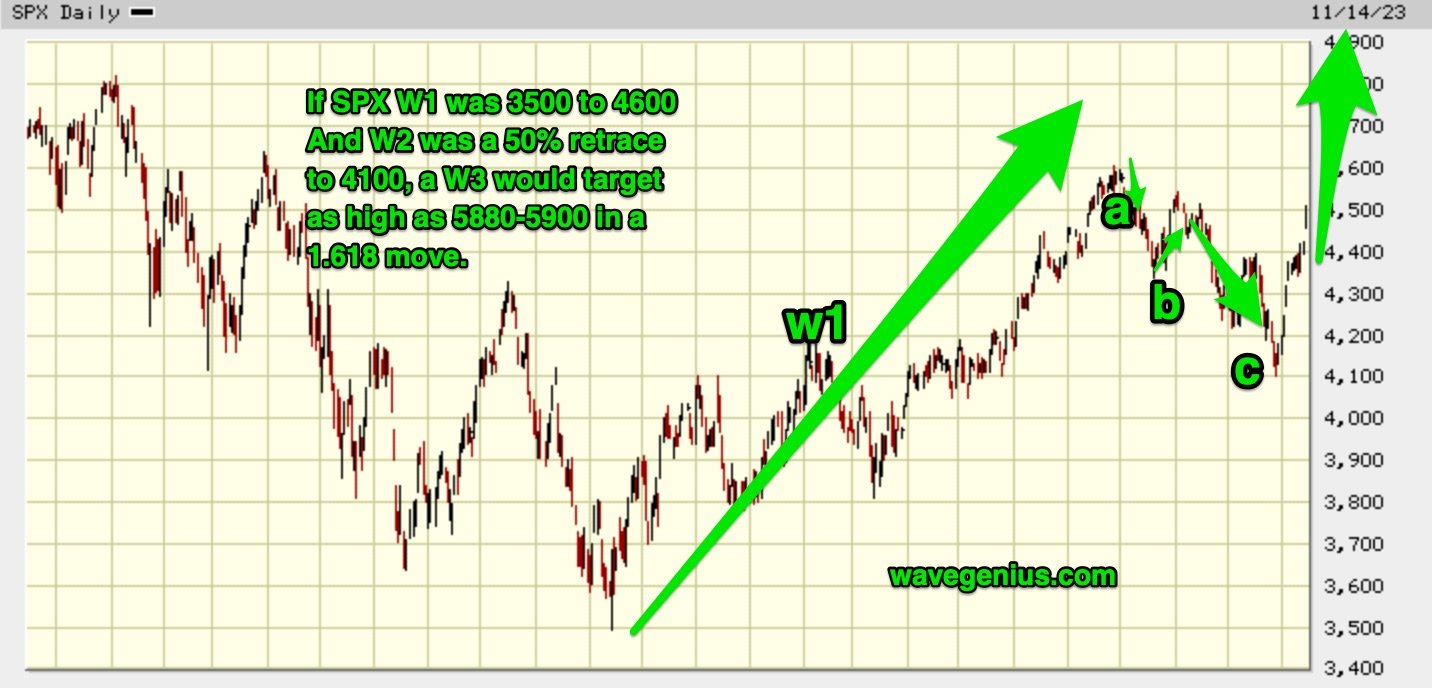
exc-655463baada4f0186fdf2faa
Analyzing Microsoft’s Long-term Outlook Through Elliott Wave Theory
When it comes to market prediction and analysis, there are numerous tools and techniques that traders and investors rely on. One such technical analysis method is the Elliott Wave Theory. In this article, we take a closer look at Microsoft Corporation (MSFT) through the lens of the Elliott Wave principle.
What is the Elliott Wave Theory?
Invented by Ralph Nelson Elliott in the 1930s, the Elliott Wave Theory posits that collective investor psychology, or crowd psychology, swings from pessimism to optimism and back in a natural sequence. These mood swings create patterns, or “waves,” in the price movements of markets at every degree of trend or time scale.
Elliott Wave Principle and MSFT
Microsoft, a leading global vendor of computer software, cloud services, and hardware products, has been on the radar of investors and traders alike. Given its steady performance and strong fundamentals, it’s interesting to apply the Elliott Wave Theory to MSFT to envision potential future price movements.
W1 Wave: The Initial Surge
MSFT Chart
As per our analysis dating back to Nov 15, 2023, the initial impulse wave (W1) for MSFT was a surge from 218 to 367. This phase represented a strong bullish sentiment in the market pushing the price upward.
W2 Wave: The Retracement
The next wave, W2, showed a retracement back to 310. This phase can be perceived as a “cup and handle” pattern, a bullish continuation pattern that signifies a consolidation period followed by a breakout.
W3 Wave: The Next Big Move
According to the Elliott Wave Principle, the W3 wave could see a significant upswing. If MSFT breaks out 100% of the 367 mark, it could potentially reach as high as 565.
This projection is based on the rule that the third wave (in this case W3) often extends to 1.618 times the length of the first wave (W1).
Note: It’s essential to remember that while the Elliott Wave Theory provides a roadmap of how the market could move, it doesn’t predict the exact price levels.
def calculate_target(w1_start, w1_end, w2_end):
w1_length = w1_end – w1_start
target = w2_end + 1.618 * w1_length
return target
target = calculate_target(218, 367, 310)
print(f”The projected target is {target}”)
The above Python code snippet calculates the potential target for MSFT based on the Elliott Wave Principle.
The Bottom Line
While the Elliott Wave Theory offers a fascinating way to forecast the market, investors should use it in conjunction with other forms of analysis. Always remember, no single tool or theory can guarantee success in the financial markets.
We hope this article provided some interesting insights into the potential long-term performance of Microsoft (MSFT). As always, do your research, stay informed, and invest wisely.
Disclaimer: This article is not investment advice or a recommendation to buy or sell any security. Always do your research and consult with a professional before making any investment decisions.







